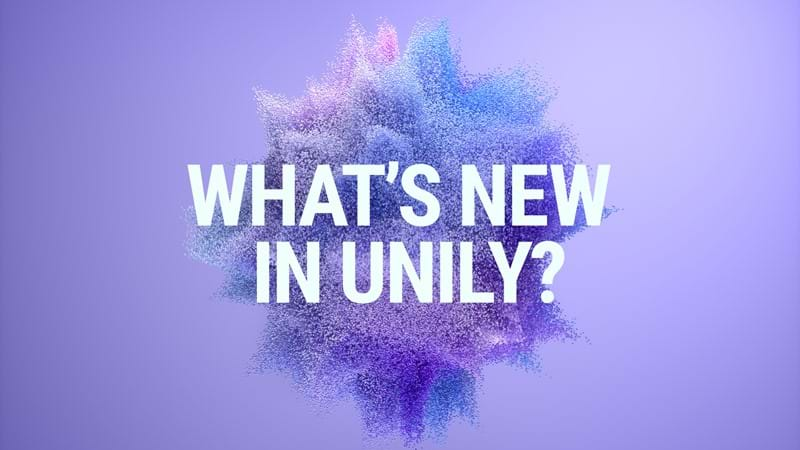6 employee lifecycle stages that can be enhanced with intranet software
Leaders often adopt a one-size-fits-all approach to driving workplace experience. However, new hires have different priorities than their veteran counterparts. Understanding the employee lifecycle is necessary to create a targeted plan that will bring out the best in every team member.

Getting started with employee lifecycle management
The actual start of the employee lifecycle begins long before your new hire's first day at work. The process encompasses an employee's end-to-end journey, from the day they encounter a job posting to their final hours in the office.
Inspirational leaders should put themselves in their employees’ shoes from time to time. Empathy is more than a means to build connection; it’s also strongly correlated with improved job performance. Lifecycle management presents a glimpse into your employees’ vantage point, providing insight into where individuals are in their professional journey. By understanding a colleague's current priorities, leaders can launch engagement strategies that align with your workforce's specific needs.
Employee lifecycle stages in the digital age
Accelerated innovation and shifting circumstances are rapidly changing the professional landscape. As workforces decentralize and digital transformation looms large, workplace technology will be the deciding factor that sets experiential organizations apart.
Many employees believe that the future looks bright for enterprises that take advantage of digital tools. 93% of respondents assert that an increased use of digital technology will lead to improvements in the workplace, including higher efficiency and more collaborative processes.
Consequently, leaders looking to improve employee experience must continue to assess their digital landscape. In recent years, intranet software has emerged as the crown jewel amongst workplace technology. As digital workplace consultant and commentator Sam Marshall noted:
"Most employees will have their day-to-day tools, like computer-aided design if you’re an engineer for example, but for anything else – claiming expenses, booking travel, booking meeting rooms – where do you go? Today’s intranet is your starting point."
In addition to serving as a gateway to every workplace app and tool, intranets drive engagement throughout an employee’s journey by centralizing resources and presenting end-users with multiple communications pathways.
How to upgrade employee experience at every lifecycle stage
From outreach to offboarding, digital capabilities profoundly impact every stage of the employee lifecycle. Key priorities include:
#1. Outreach
The actual start of an employee's lifecycle occurs when a job seeker spots a vacancy. Modern applicants use several channels, including social media, and online job sites. At this stage, your employer brand is your most valuable asset. Just as marketing groups launch compelling schemes to lure consumers, internal teams strive to create enticing inner-office brands.
Intranets support branding through blog content, spotlights on internal ambassadors, and growth pathways to empower employees. Prospective employees won't see these efforts firsthand. Instead, reviews, positive name recognition and word-of-mouth-references will communicate your employer brand.
#2. Recruitment
Everyone wants talented employees, but far fewer know how to find them: 82% of companies aren't recruiting highly gifted people. Attracting all-star candidates requires a strategic process that presents your organization in the best light possible.
HR teams need streamlined systems that ensure no detail is overlooked. Intranet platforms facilitate efficient communication between members of your hiring team through private messaging systems and portals. Form-building functionality enables HR to create application materials tailored to each vacancy.
#3. Onboarding
Most employees decide whether they wish to stay with your organization during their first 90 days at work. Consequently, onboarding plays a crucial role in setting the tone for workplace experience. Employees need ample support as they build new relationships, learn internal procedures, and develop their niche.
Superior practices include a pre-boarding scheme that lays the groundwork for a seamless transition. A designated onboarding site on your intranet will centralize essential training materials and resources and encourage new hires to connect with colleagues via social pathways.

#4. Development and training
Boredom is the top motivator for employee resignations. Savvy leaders who wish to retain top employees must provide opportunities to learn and grow.
A next-gen intranet centralizes educational tools and opportunities, including video webinars, explainer articles, and internal vacancies. Gamification such as leaderboards, badges, and completeness gauges incentivizes users to remain engaged.

#5. Performance
Employees should have a clear idea of what they are working towards and the goals they wish to accomplish. Digital tools can support management teams in monitoring employee progress, setting appropriate goals, and addressing pressing challenges.
Launch mentoring initiatives and designated performance resources to help employees understand what they need to do to take their work to the next level. Employers can spotlight top performers through recognition capabilities on their intranet, including badges, kudos, and blog content featuring exemplary best practices.

#6. Offboarding
Eventually, every employee's journey with your organization will come to an end. Ideally, your employees will leave on a positive note and provide referrals and glowing workplace reviews. For a seamless transition, make sure all parties have an offboarding checklist that involves line managers, HR, and IT. Encourage employees to share feedback in exit interviews and surveys that can be built and sent out via your intranet.
Give employees the support they're looking for with intranet software
Whether it is their first day on the job or their last, every employee needs resources, guidance, and opportunities to connect. If you're looking to enhance workplace experience by launching an intranet, get in touch with our digital workplace experts.














